About Public Restrooms in Indian Cities: Why It Is Essential to Look for Quality, Not Quantity
Much has been said about sanitation challenges of rural India. However, it is also crucial to discuss another aspect – the public sanitation infrastructure in Indian cities and other places of significance.
A well-developed public sanitation system is a matter of national prestige. It is one of the parameters to measure a country’s socio-economic progress. A robust system reflects people’s awareness level with regard to hygiene and sanitation. However, India is yet to make a significant breakthrough in this space. Here are a few scenarios to give you an idea about the BIG picture.
Disclaimer: The stories follow incidents from the lives of real people. Names have been changed on request to protect their identity.
Scenario #1
: Sarita, a woman in her early thirties, has to commute for more than two hours daily to reach the college where she is a lecturer. She switches conveyance three times, boarding a train first, then a bus and ultimately taking an autorickshaw that drops her at her college gate. In between, there are sprints between the railway station to the bus stand, long waits in queues, and more. Nowhere on the route does she find a proper, clean and safe restroom that can be used in case of an emergency. Sometimes, she braves the stench and filth to use the public toilet in the bus terminus. If it’s late evening, she doesn’t brave going to the public toilets, as the unmanned and deserted toilet complexes are neither well-lit, nor have security cameras out of concern for her personal safety. The outcome? Urinary tract infection, absence from work, depression and a substantial medical expense.
Scenario #2:
Sharbani from Kolkata went on a trip to a hill station in North East India. While visiting a famous viewpoint, she went to use the restroom in the complex. To her horror, she found that no unit in the complex had a proper locking system. Several people – men and women – were using those semi-open toilets despite the lack of privacy. Disgusted, she came back without relieving herself. Utter discomfort was what followed.
Scenario #3:
Sunil from Tripura went to visit a famous temple in the deep South along with his full family. By the time, he completed the ‘Darshan’ after standing in the queue for four long hours, the entire family was in desperate need to use a restroom. The stinking, overcrowded toilet complex made them feel sick. Given the huge number of devotees that visit the temple every day, it was hardly surprising that the complex was in such a horrible state. Keeping them clean manually round the clock is undoubtedly a mammoth task.
With a closer analysis of the three above-mentioned instances, we can actually get an understanding of the gaps present in India’s public sanitation system that call for immediate attention:
- Inadequate numbers of public toilets
- Poor quality of those already available
- Existing toilets being fraught with hygiene issues
- Lack of maintenance and uniform cleanliness standards
- Without proper locks and lighting, they are unsafe, especially for women
To address all these problems, an ideal sanitation solution must come, complete with these qualities:
- Easy to keep clean
- Low-on-maintenance
- Well supplied with water or equipped with an auto-cleaning feature
- Secure and equipped with a reliable locking mechanism
- Well-lit
India needs a one-stop sanitation solution that is sturdy, long-lasting, easy to maintain and keep clean, safe, and user-friendly all at once. Getting all these features in a single solution may seem like a far-fetched dream. Owing to the existing socio-cultural milieu of the country, as well as their inherent constructional shortcomings, traditional toilets cannot make much difference with this respect. This is where urban planners need to take a paradigm shift from the conventional to the innovative. It is time to think scientifically, shift from conventional brick-and-mortar solutions, and embrace innovative, out-of-the-box, and new age offerings.
In fact, such modern sanitation solutions are already available in the Indian markets today. One of India’s most trusted brands, Tata Steel has ventured into this space. Nest-In from the house of Tata Steel offers a line of advanced sanitation solutions under the label of Smart EzyNest Toilets. Equipped with automatic pre-flush and post-flush features, it’s easy to keep the unit clean round the clock, with minimal manual intervention. In addition, automatic power-spray cleaning at regular intervals helps maintain interior hygiene at all times.
Several optional add-ons are also available based on customer requirements. Solar panels, air-conditioners, audio-visual system, and sanitary napkin vending machine and incinerator, and ad-display facilities are examples of some of the ways, customers can enhance their smart toilet units. In fact, Nest-In has successfully executed projects for several smart cities and CSR projects, including Ahmedabad Smart City, Nestle, Mercedes Benz and Solapur Smart City.
Providing cities with hygienic public toilets is vital to ensure the health and convenience of commuters, tourists and hundreds and thousands of people who need to spend long hours outdoors for professional and personal reasons. It is high time that we embrace a solution that looks smart and acts smart – a fitting intelligent solution for a smarter, better tomorrow.
Posted in EzyNest on Jan 25, 2021.
Contact Us
Recent Post
Prefab: The Smart Choice for Durable Infrastructure
The Process of Creating High-Quality Prefab Spaces
Prefab Spaces Combine Strength with Modern Design
Prefab for Every Industry: Meeting the Safety and Durability Needs of Businesses
Fast, Safe, and Reliable: Prefab Is the Best Choice for High-Quality Infrastructure
Category
- Nest-In 66
- HabiNest 63
- MobiNest 114
- Nestudio 28
- EzyNest 19
- Smart EzyNest 6
- ChargeNest 6
- Covid Offerings 4
- Brand 8










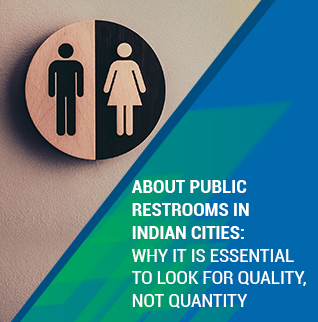


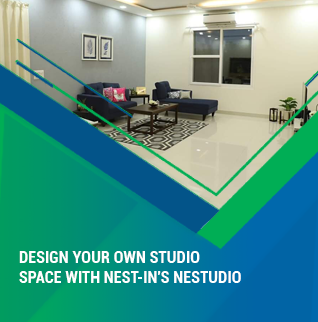
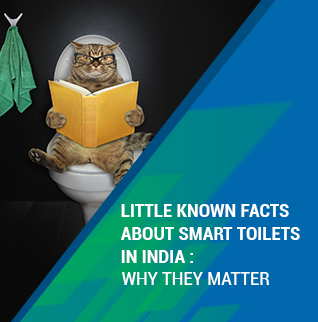






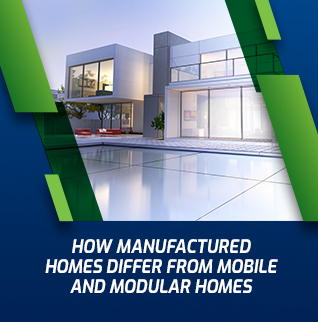






























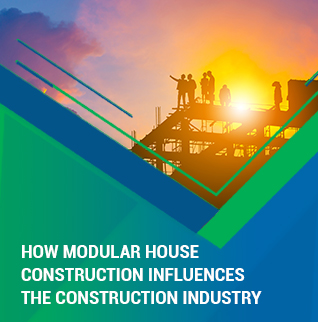
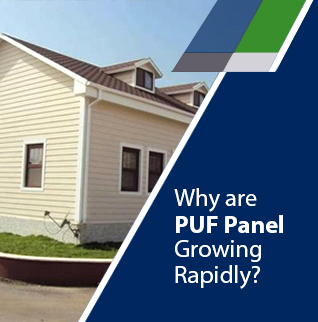






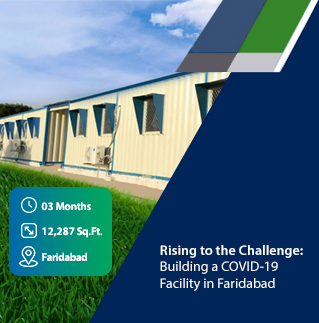












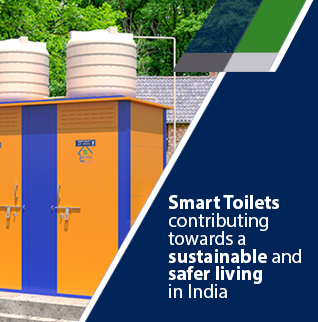






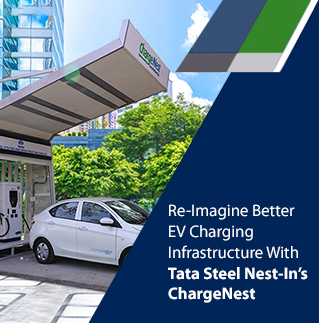







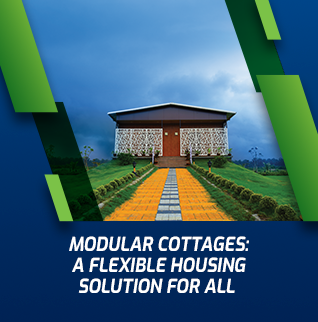











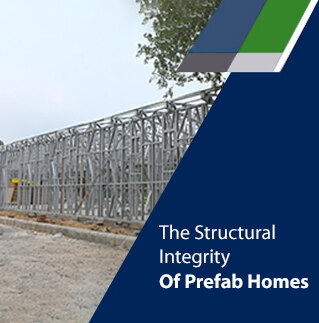















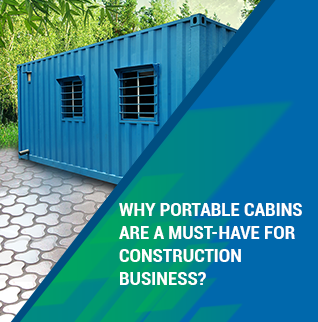

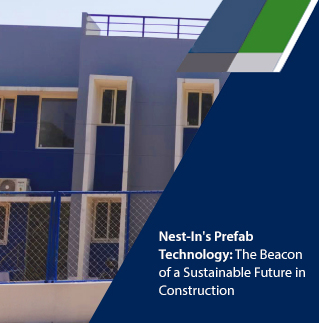






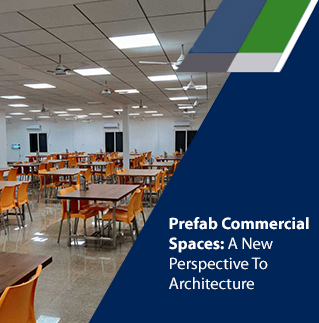
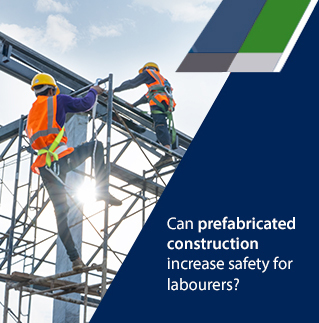













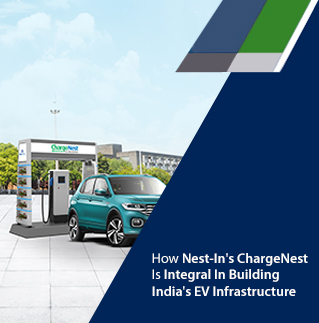


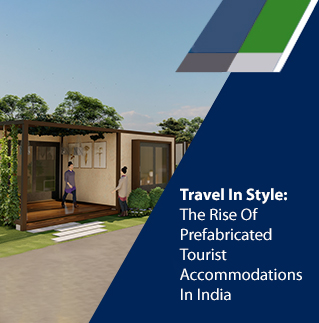


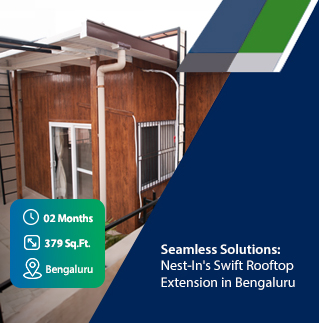



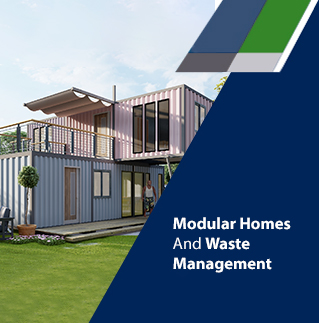













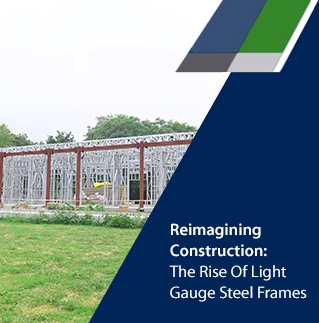















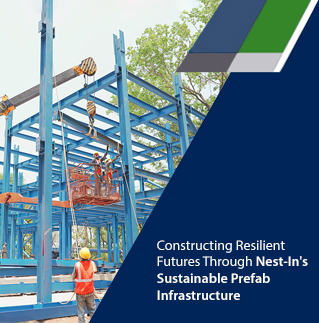


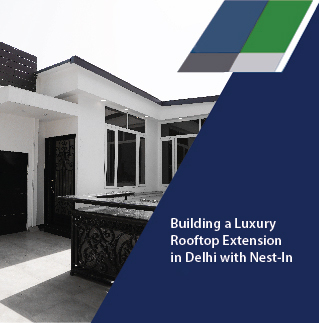







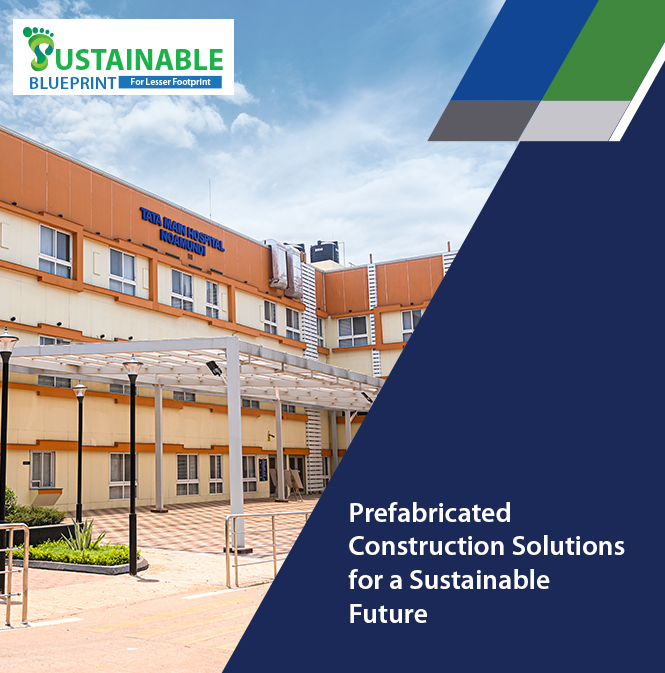





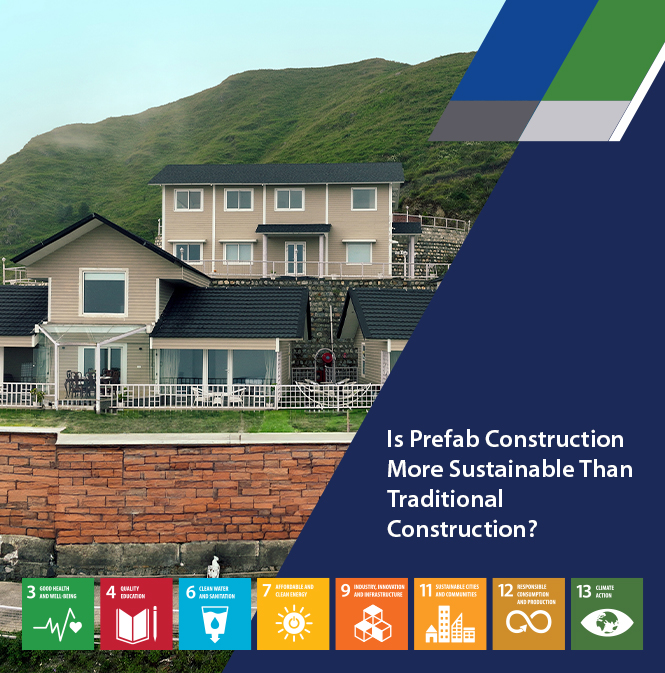
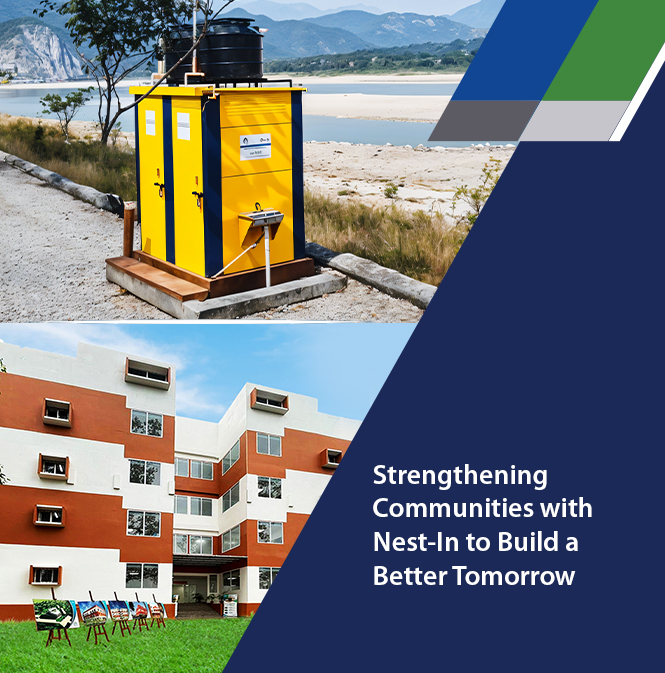


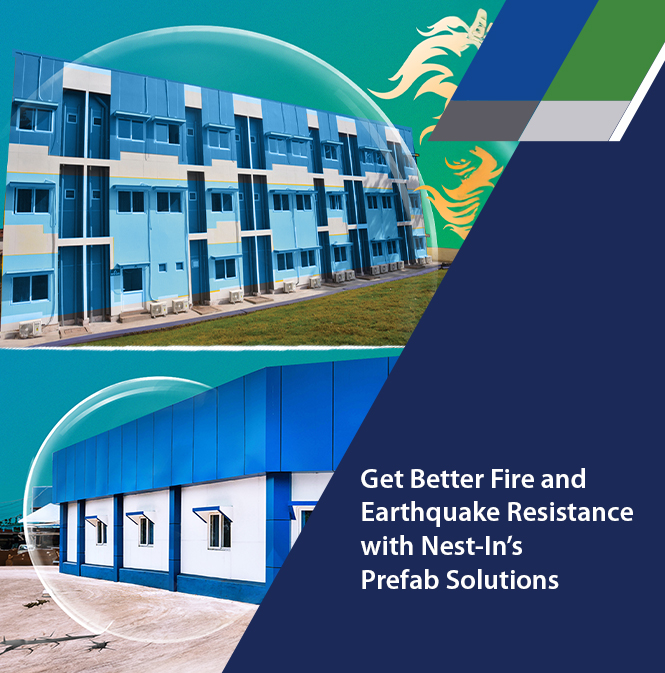

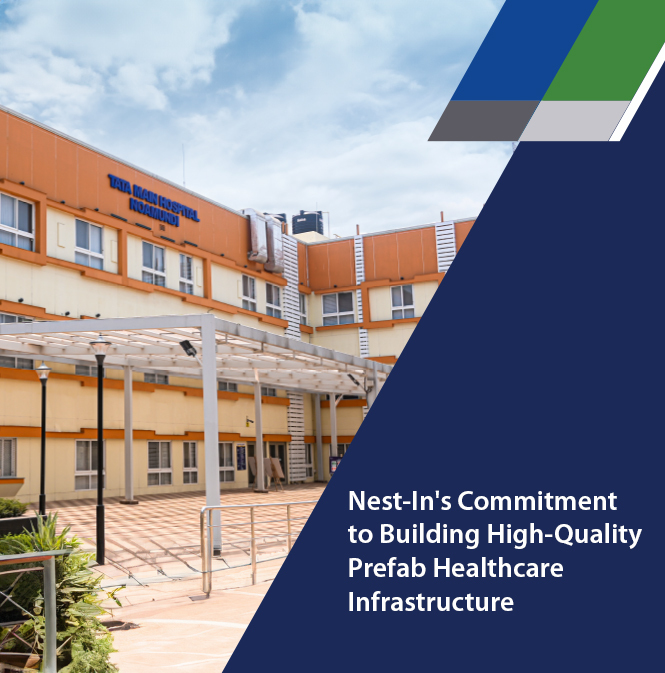





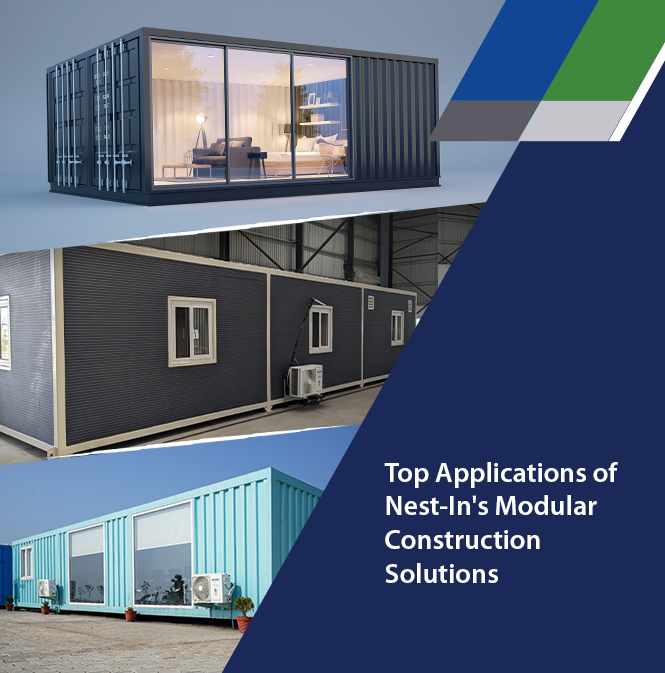




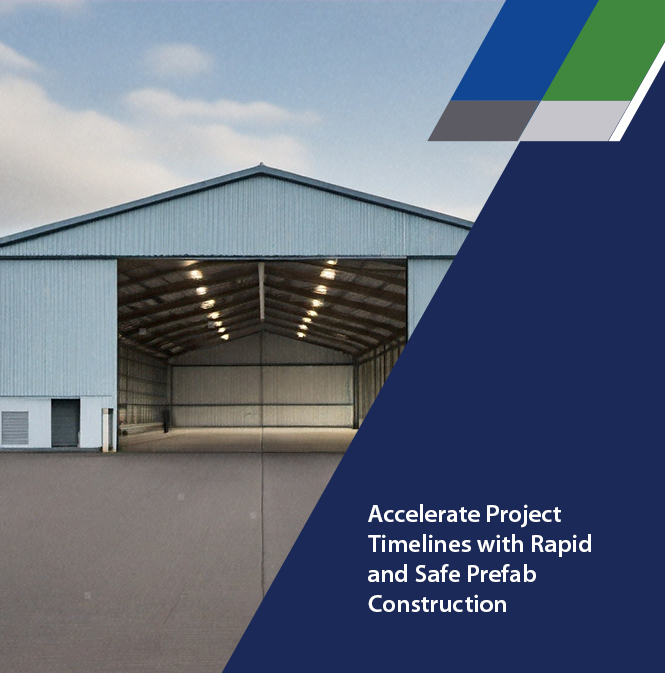

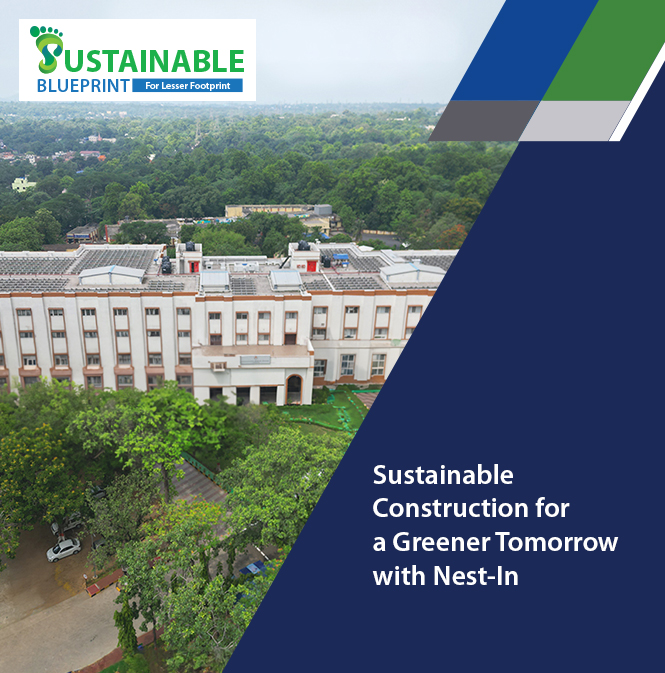
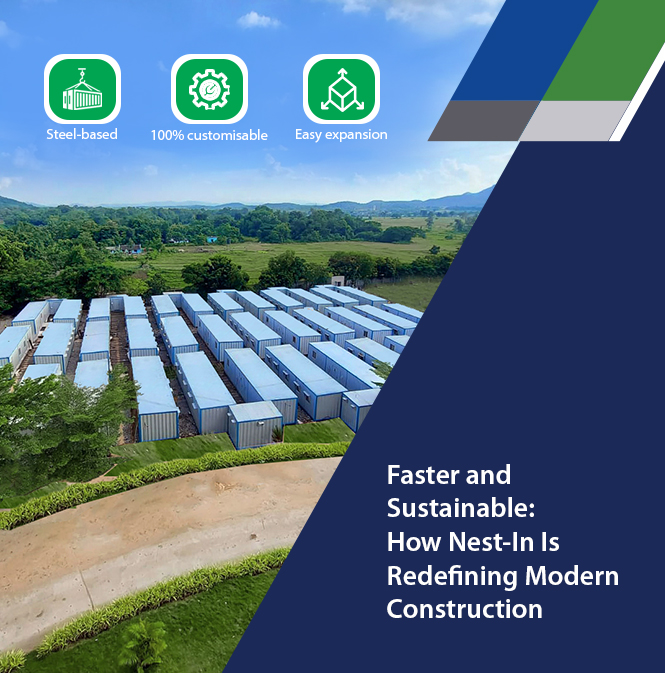





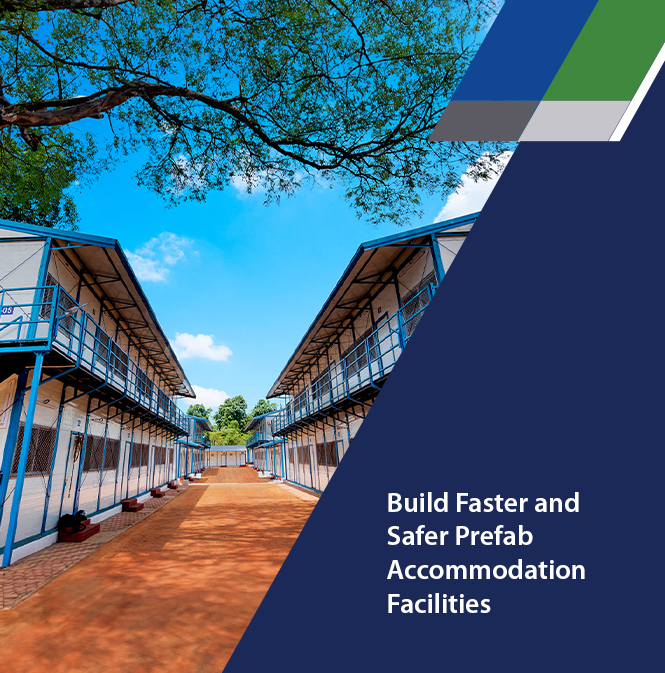


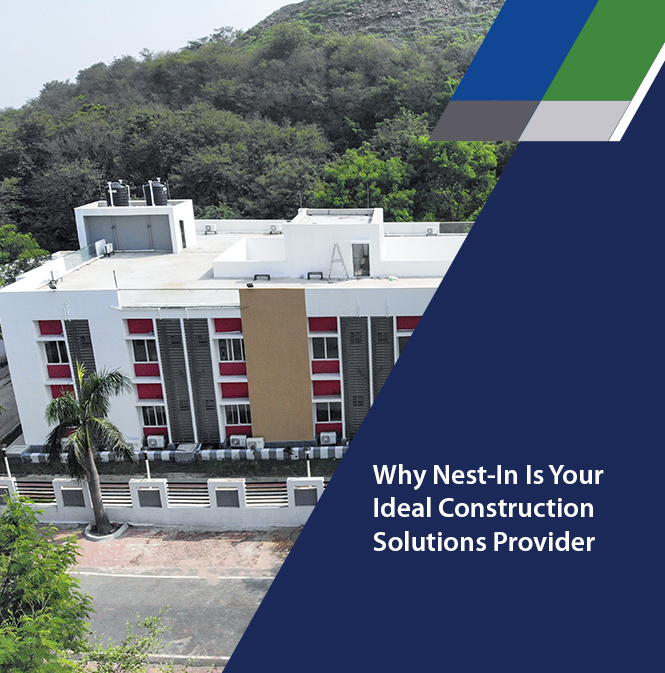
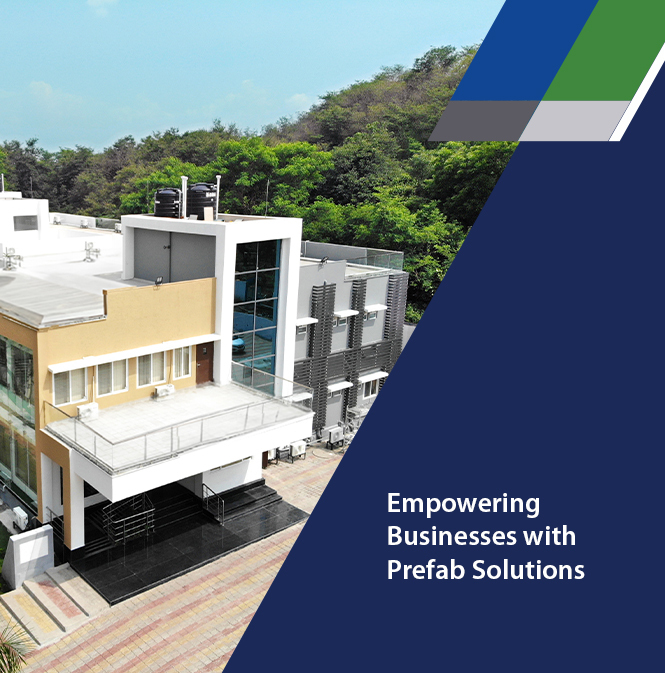

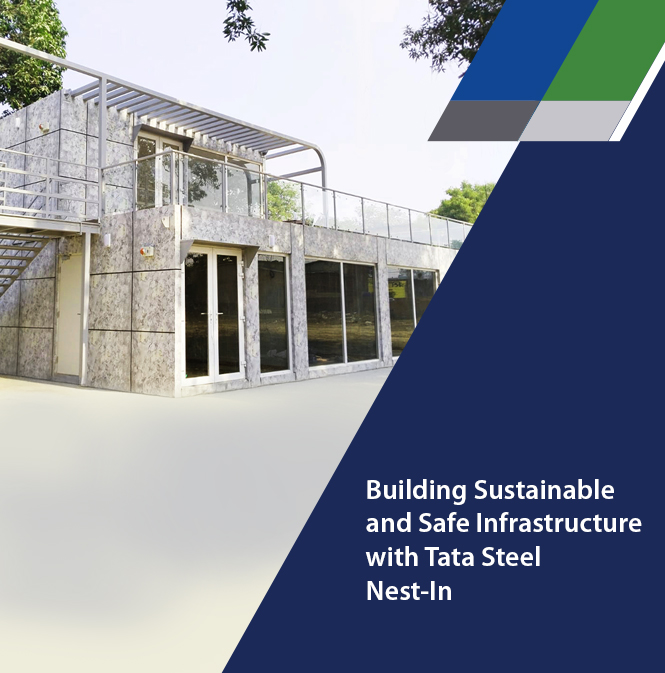

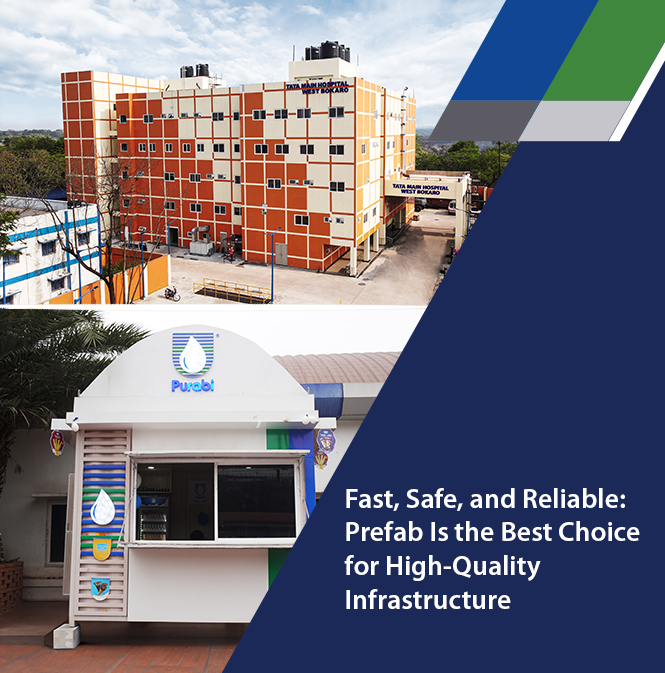




Add comment